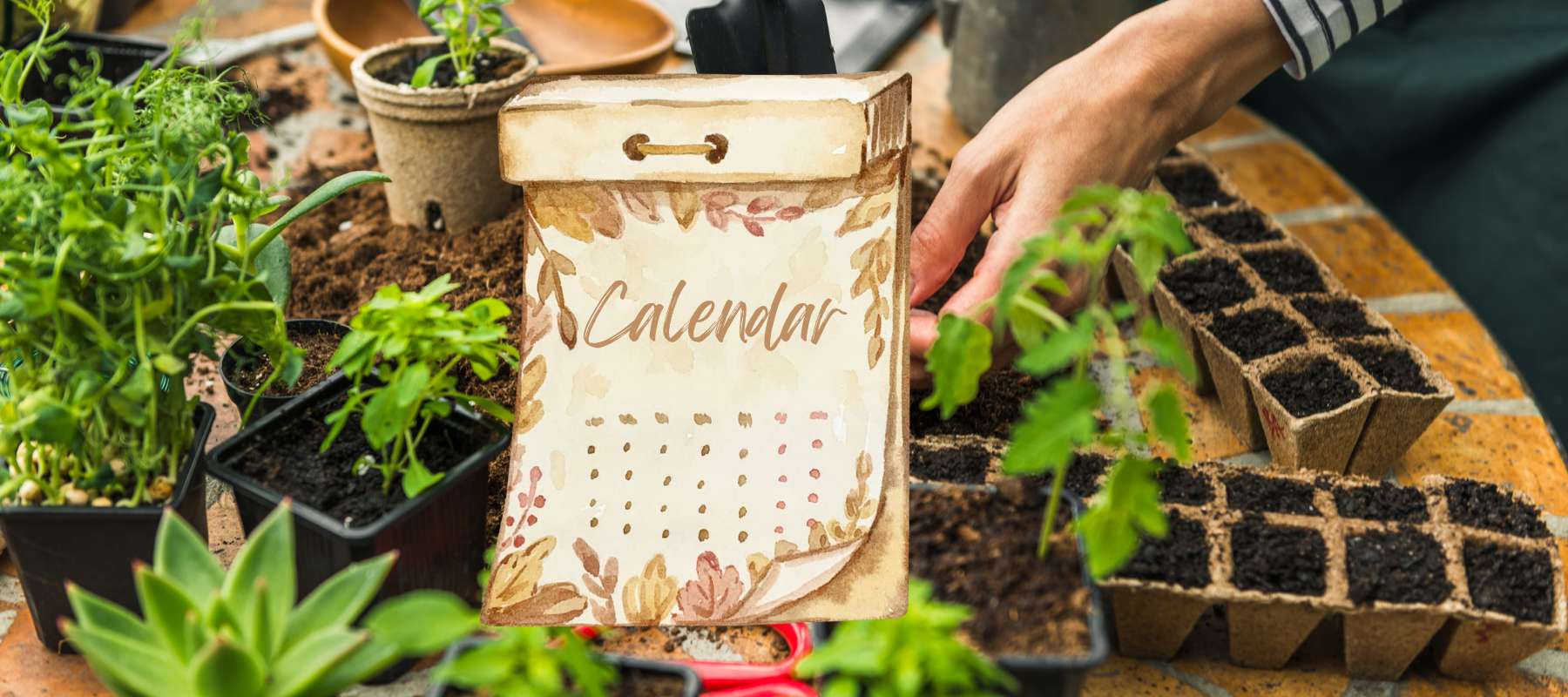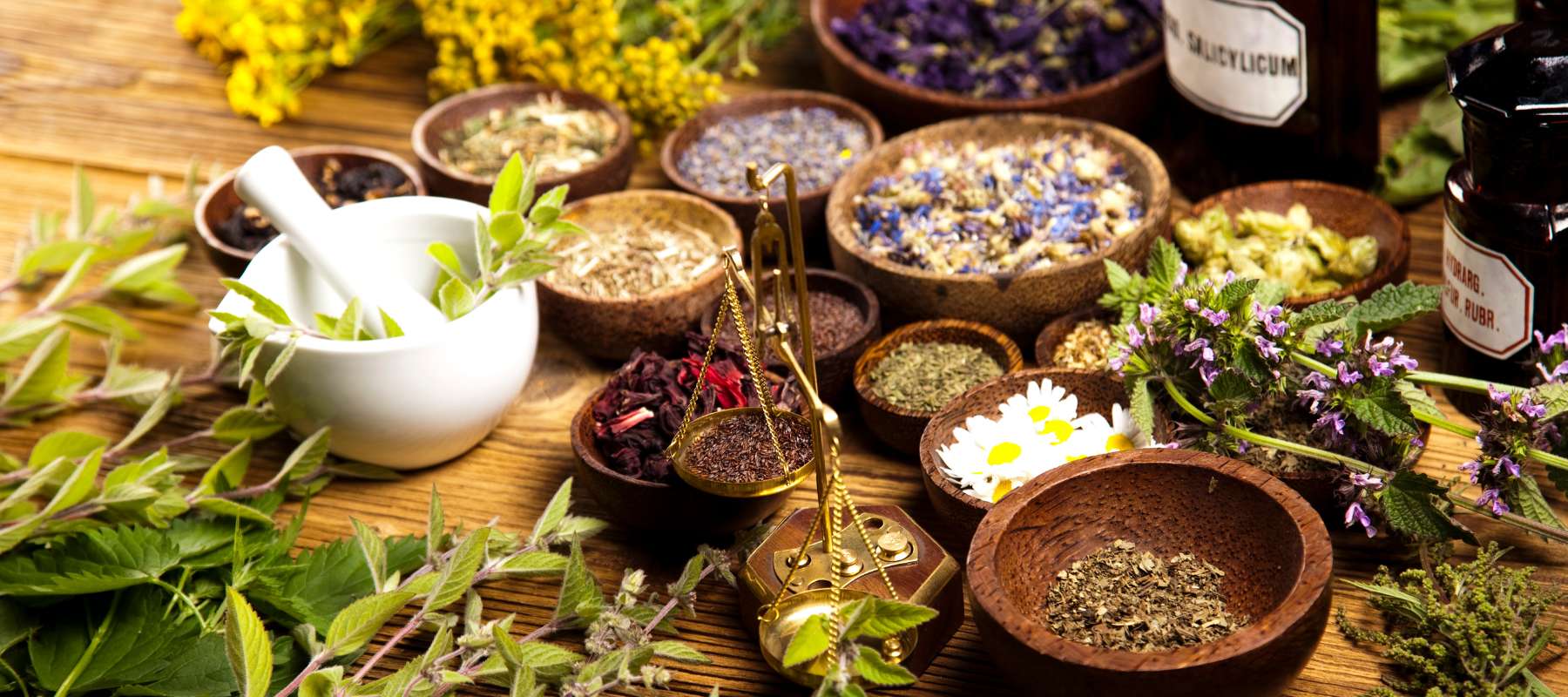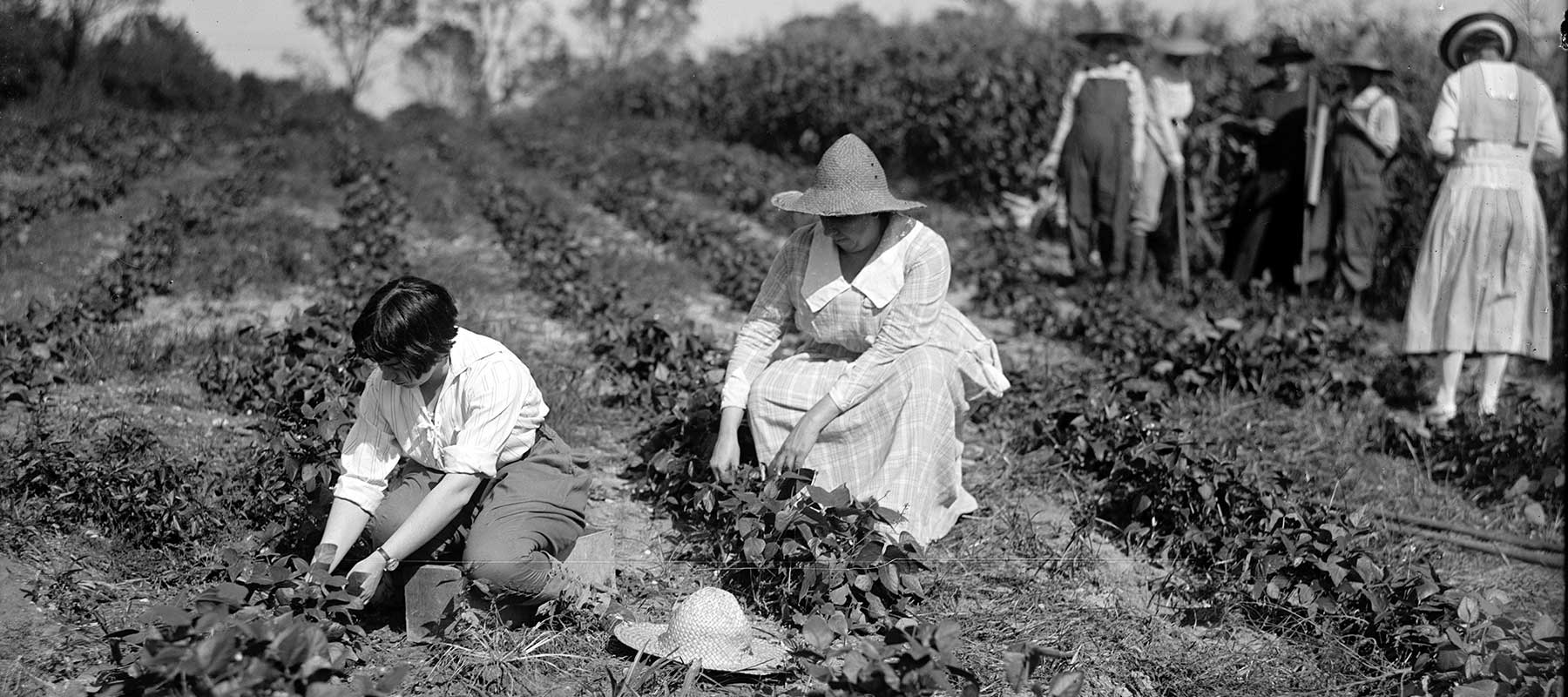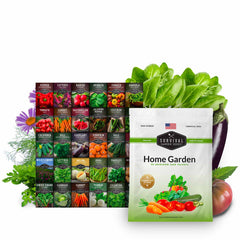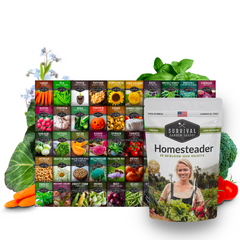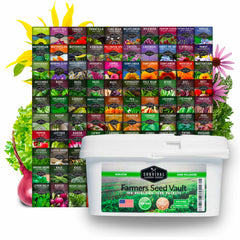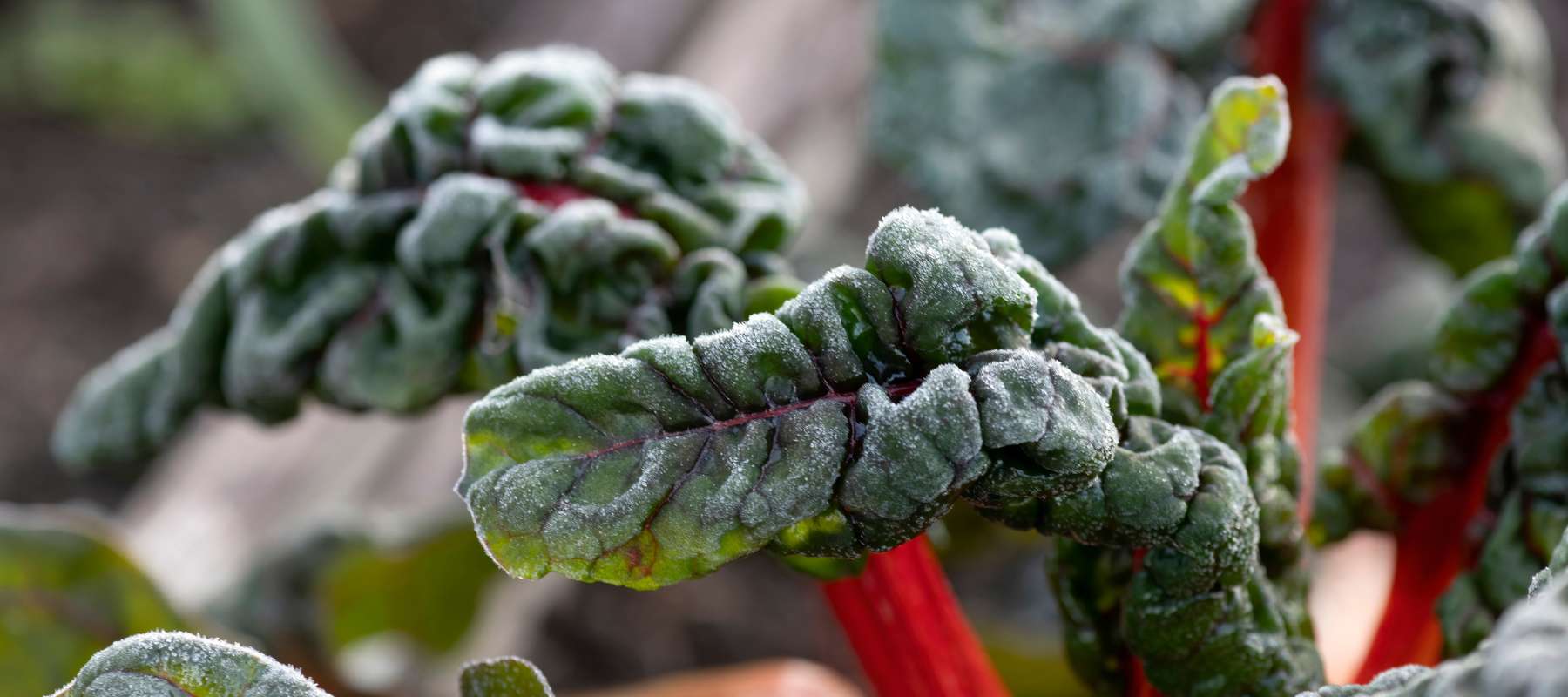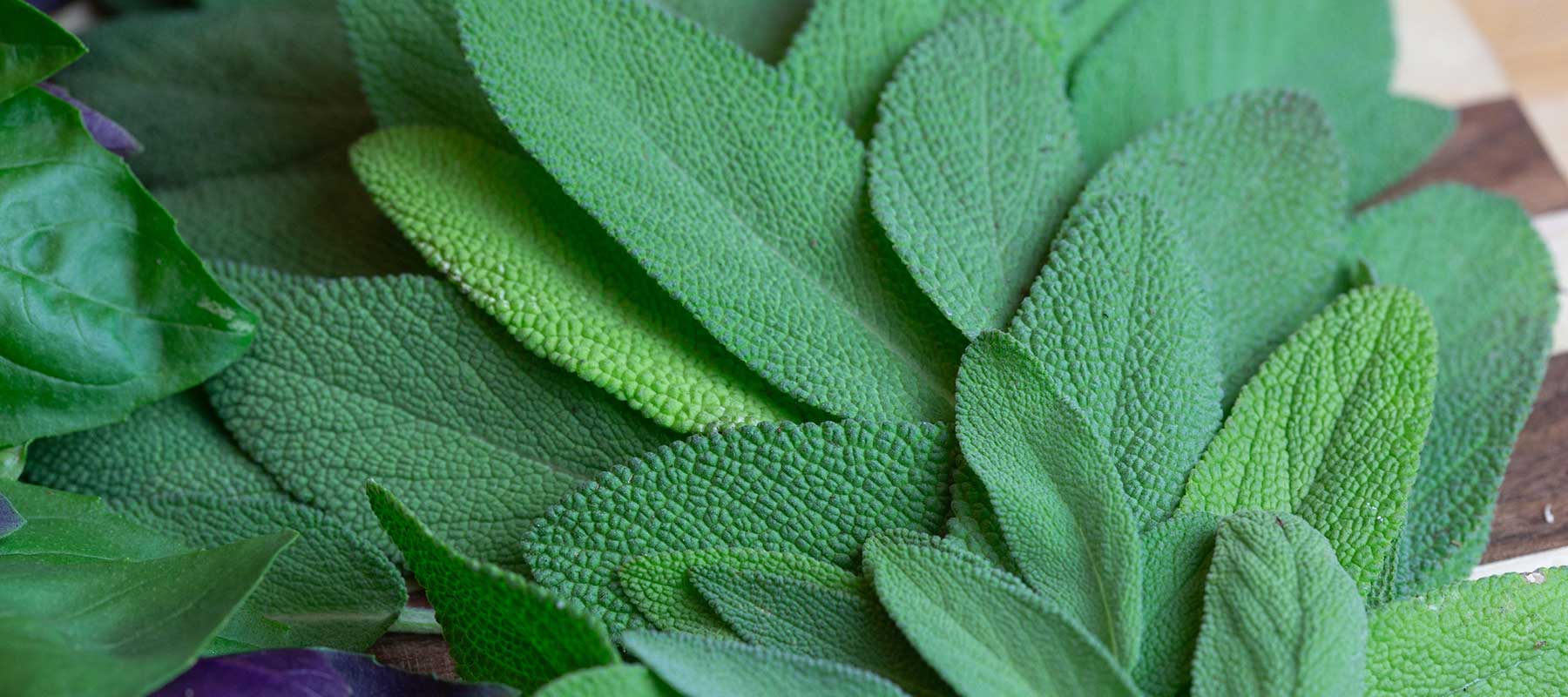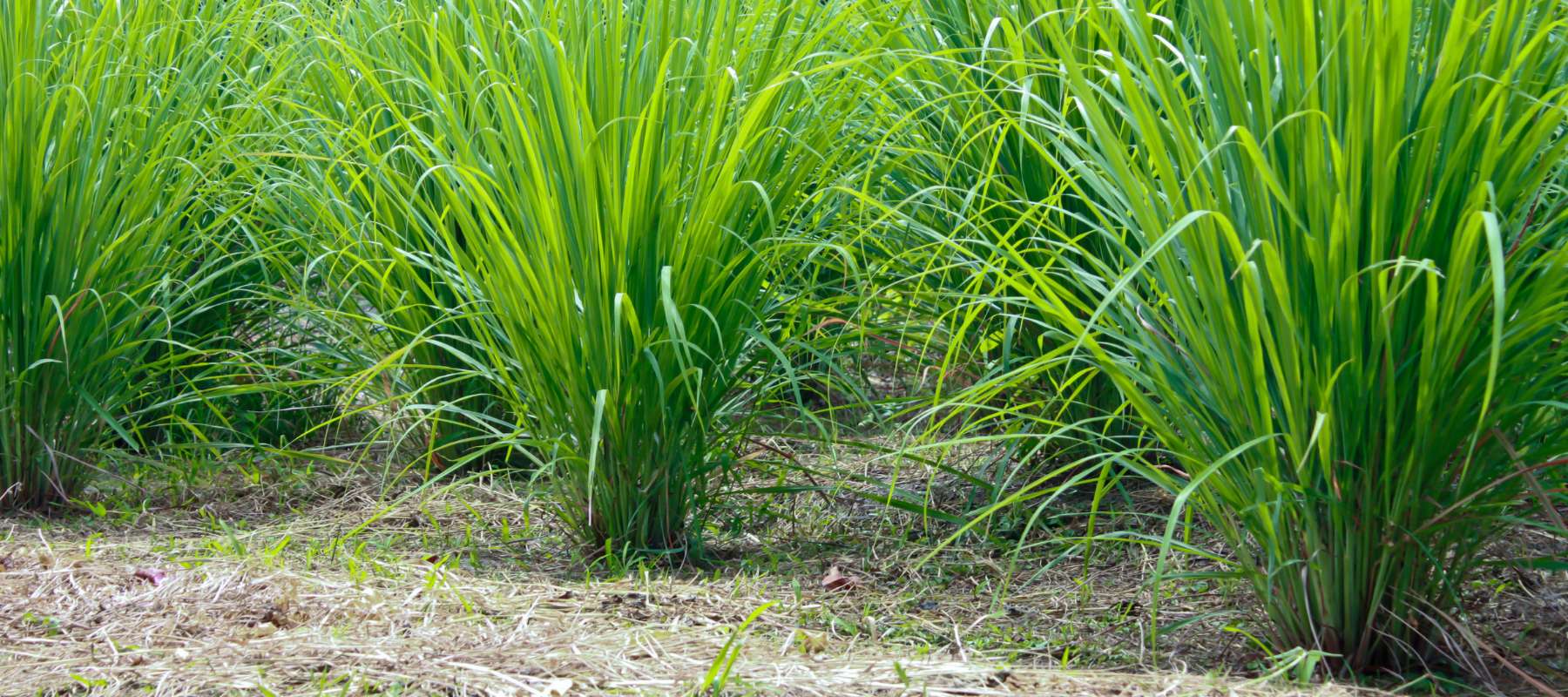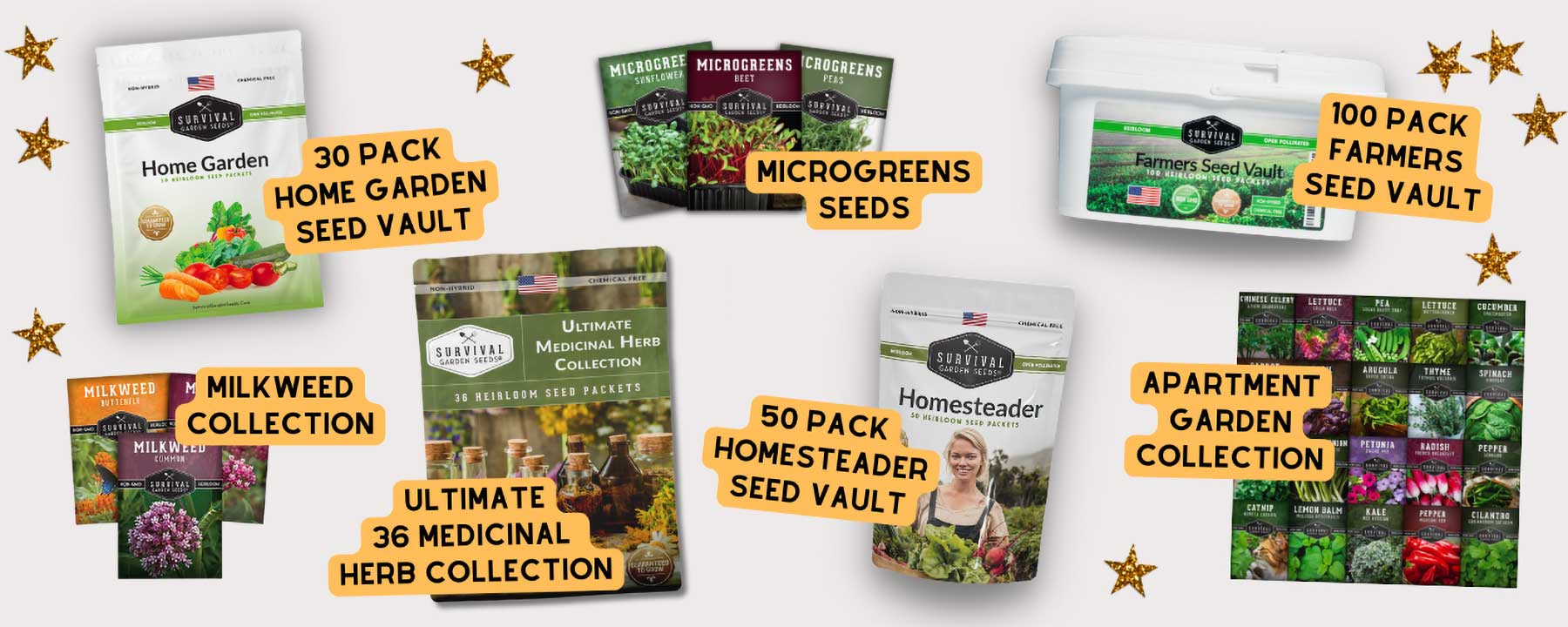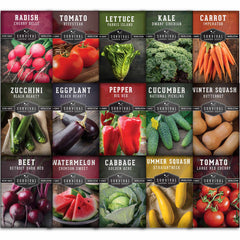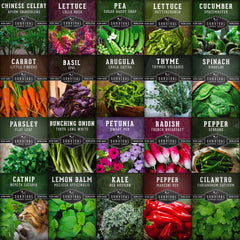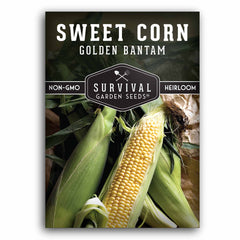The term “Victory Garden” is making a resurgence, especially since the lockdown times during the COVID pandemic. What is a Victory Garden and why is it important?
History of Victory Gardens

Victory Gardens were vegetable gardens planted on residential and public properties as a way to supplement food rations and the national food supply during the first World War. The gardens not only provided an important addition to national food security but they were also a great morale booster, giving people a way to contribute to the war effort and feel good about the accomplishment of growing their food. It is estimated that over 5 million Victory Gardens were planted during WWI.
During WWII, Victory Gardens played an even more important part in the US food supply. An estimated one-third of all the vegetables produced in the US came from the more than 20 million Victory gardens established during World War 2. Even Eleanor Roosevelt planted a Victory garden on the White House lawn. Victory Gardens helped reduce the food cost needed to feed the troops. Americans were encouraged to plant gardens as part of their patriotic duty, but most said they planted to provide food for their families.
In the US, there are 2 remaining WWII gardens still in operation supporting their communities today, the Fenway Victory Gardens near Boston Massachusetts, and the Dowling Community Garden in Minneapolis Minnesota.
Modern Day Victory Gardens

The COVID-19 pandemic crisis has led to a renewed interest in home food production. People are starting gardens to bolster their personal food security. More and more communities are planting Community gardens that provide additional food to the local community as well as educate community members about planting and sustainability.
3 Reasons to Plant a Victory Garden
- Increase food production - Especially since COVID, many areas have experienced food shortages, either due to reduced production because of lockdowns or challenges with shipping and the supply chain
- Supplement your own food supply - Growing your own food allows you to rely less on others for fresh produce and nutrition for your family
- Help the environment - The average produce item travels 1500 miles to your table. Growing your own food reduces the effects of pollution from petroleum fuels and plastic packaging
What to Plant in a Victory Garden

Traditional Victory gardens included leafy greens like lettuce, cabbage, and spinach, beans for protein, tomatoes, and watermelon. Some lesser-known vegetables like kohlrabi and kale have become more popular because Americans discovered how easy they are to grow. The primary rule is to grow things that your family will eat.
For a sustainable garden, we recommend planting heirloom seeds, because not only will they produce delicious food this season, you can harvest the seeds from this year’s plants, store them, and plant them in your garden next year. We’ve carefully curated some collections of seeds specifically for beginners and home gardeners to get you started.
For additional planting information, your local Cooperative Extension is an ideal resource for learning which plants will do well in your area and they can provide you with planting guides for when and how to plant.
Image Credits:
- Top Banner - Fenway Community Garden - Connie from Cambridge, MA, USA, CC BY 2.0 via Wikimedia Commons
- Plant a Victory Garden Poster - Boston Public Library, CC BY 2.0 via Wikimedia Commons
- Sow the Seeds of Victory Poster - National Archives at College Park, Public domain, via Wikimedia Commons
- Dig for Victory Now Poster - Mitchell, Irene (artist), Chromoworks Ltd, Willesden, London (printer), Her Majesty's Stationery Office (publisher/sponsor), Public domain, via Wikimedia Commons




























